STEGO IQ | Concrete Curling and Warping: The Hard Facts
Stego IQ returns with the latest episode dispelling the myth about vapor barriers and slab curl. Dan Marks, Stego's Technical Director, returns to the screen to explain the short term slab curl effects with a vapor barrier as well as the long term effects of slab curl if you do not install a below slab vapor barrier.
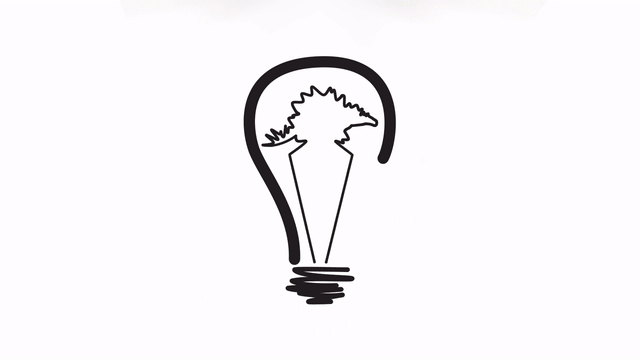
Video Transcription
CONTROVERSY: Are vapor barriers to blame for curling? This is Stego IQ.
The Difference Between Curling and Warping
The phenomenon of slab curling is caused by differentials in temperature between different portions of the slab. You may have a warmer surface and a colder subsurface or bottom of the slab, and that difference will cause different changes in the volume of the concrete. Different changes in volume will induce potential curling and stresses and cracking as a result.
Warping, conversely, is caused by differentials of gradients in moisture content. You may have a more wet or moist slab on the bottom and drier slab on the top -- and that difference will induce different volume changes between those two areas and cause a slab to curl as well.
Again, "warping" is technically the term for that. We use "curling" and "warping" interchangeably. I'll be using "curling" going forward.
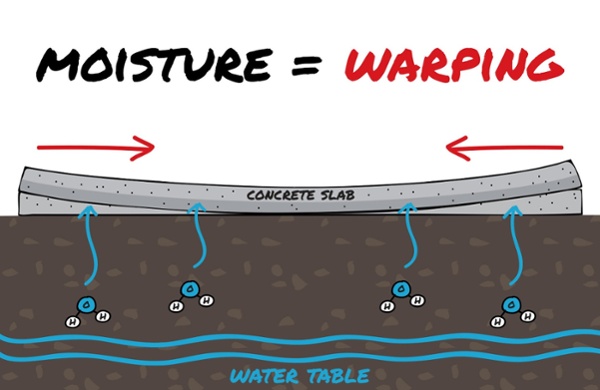
Differential Drying in Concrete Slabs
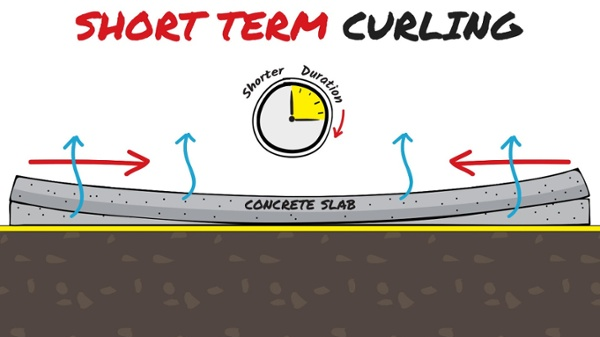
The reason why someone might try to cite or implicate a vapor barrier in curling is the idea that there's differential drying. A slab placed directly on top of a vapor barrier can't lose moisture in the soil, so all the moisture content must come through the surface. As a result, the slab will dry from the top down and be more dry on the top than the bottom, inducing that volume change and the potential for curling.
However, a slab in its early stages might experience this to some small degree. There may be as bleed water leaves and initial slab surface moisture evaporates -- more moisture on the bottom than the top.
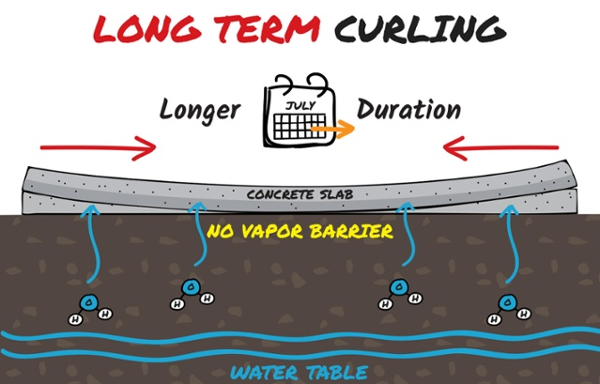
However, once you put the floor covering or the building now begins to operate in normal conditions, if there's no vapor barrier beneath it, we have a constant source of moisture and diffusion up from the subgrade. This will keep the under slab of the concrete wetter for longer
And so long-term curling -- where we have, months or years down the road -- a wetter subsurface compared to the top surface, will induce long-term curling. It's different than the early curling, phenomenon is the same. The long-term curling is harder to deal with.
Short-Term vs. Long-Term Slab Curl Effects
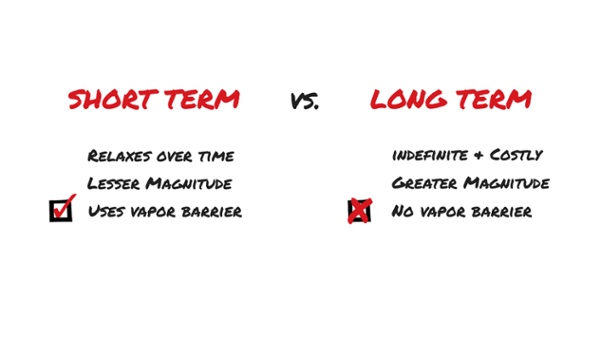
Short term curling -- because it happens earlier in the lifetime of the concrete -- can relax a little bit, as floor coverings go down or the moisture content of the slab evens out.
Because you have a vapor barrier beneath the concrete, you don't have the additional addition of moisture that will spur again. Long-term curling, which could be much more difficult to deal with much more costly and involve many more steps.
Continue to Build Your Brain With Stego IQ
Keep learning: build your brain and your knowledge. You can view more educational videos on Stego IQ topics on stegoindustries.com.
- Stego (25)
- StegoCrawl (24)
- Stego-Awareness (17)
- Case Studies (14)
- StegoHome (13)
- StegoCrawl-Consideration (12)
- StegoCrawl-Awareness (11)
- Customer Stories (9)
- Pango (8)
- Stego-Consideration (8)
- Beast (7)
- StegoHome-Awareness (7)
- StegoHome-Consideration (6)
- Drago (5)
- How to Install (5)
- Pango-Awareness (5)
- Beast-Awareness (4)
- Beast-Consideration (3)
- Drago-Awareness (3)
- Pango-Consideration (3)
- Stego IQ (3)
- Drago-Consideration (2)
- StegoCrawl-Decision (2)
Popular Posts
Stay Connected.
Enter your email below.



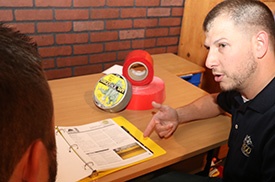
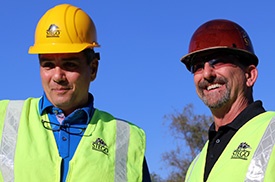
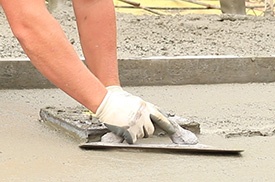
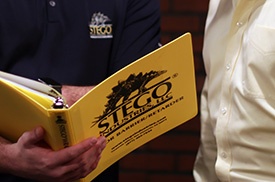


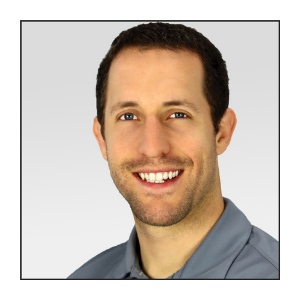


Post Comments